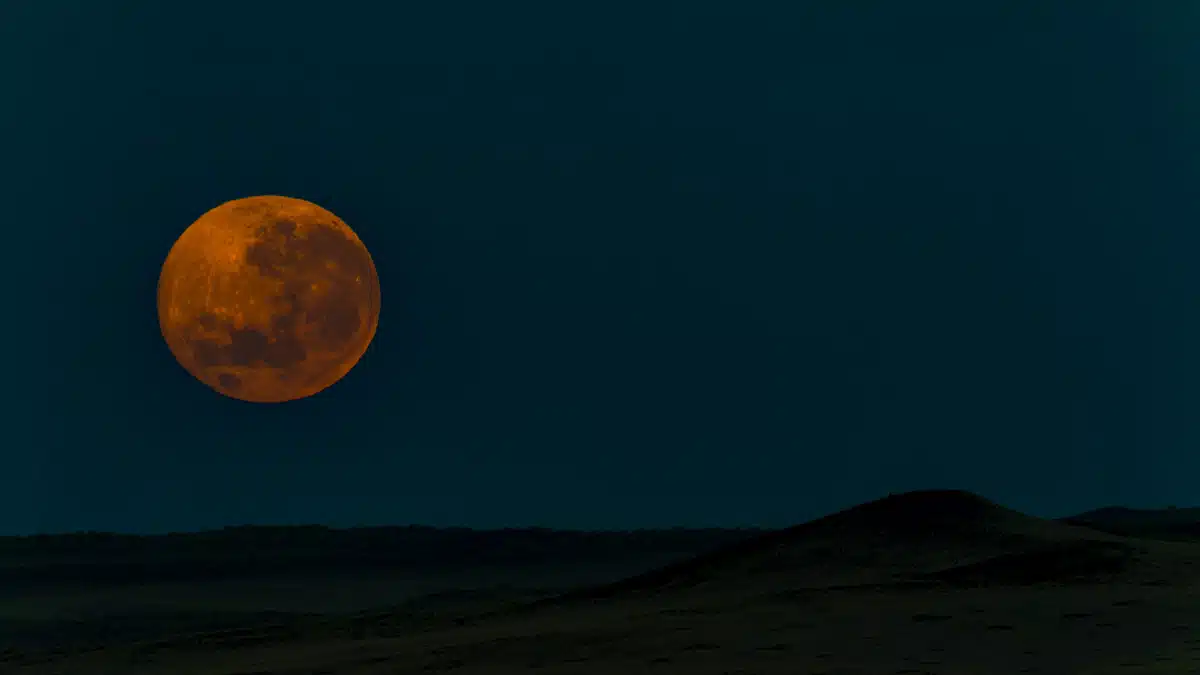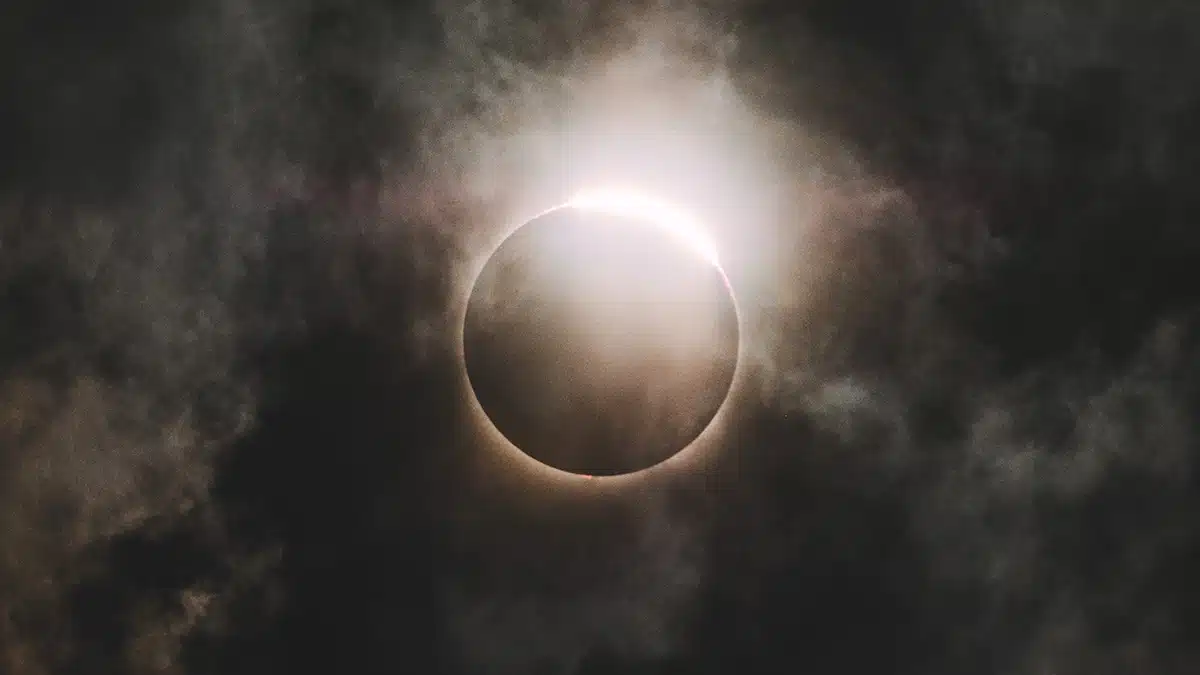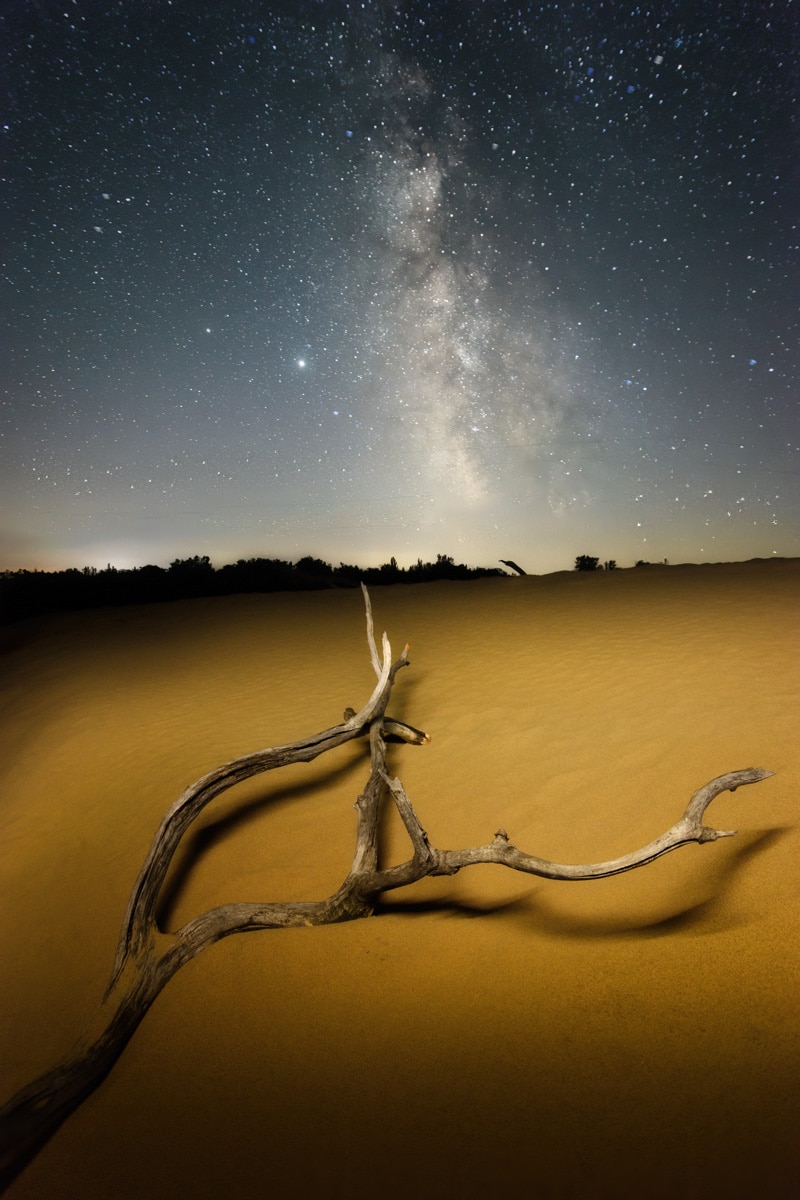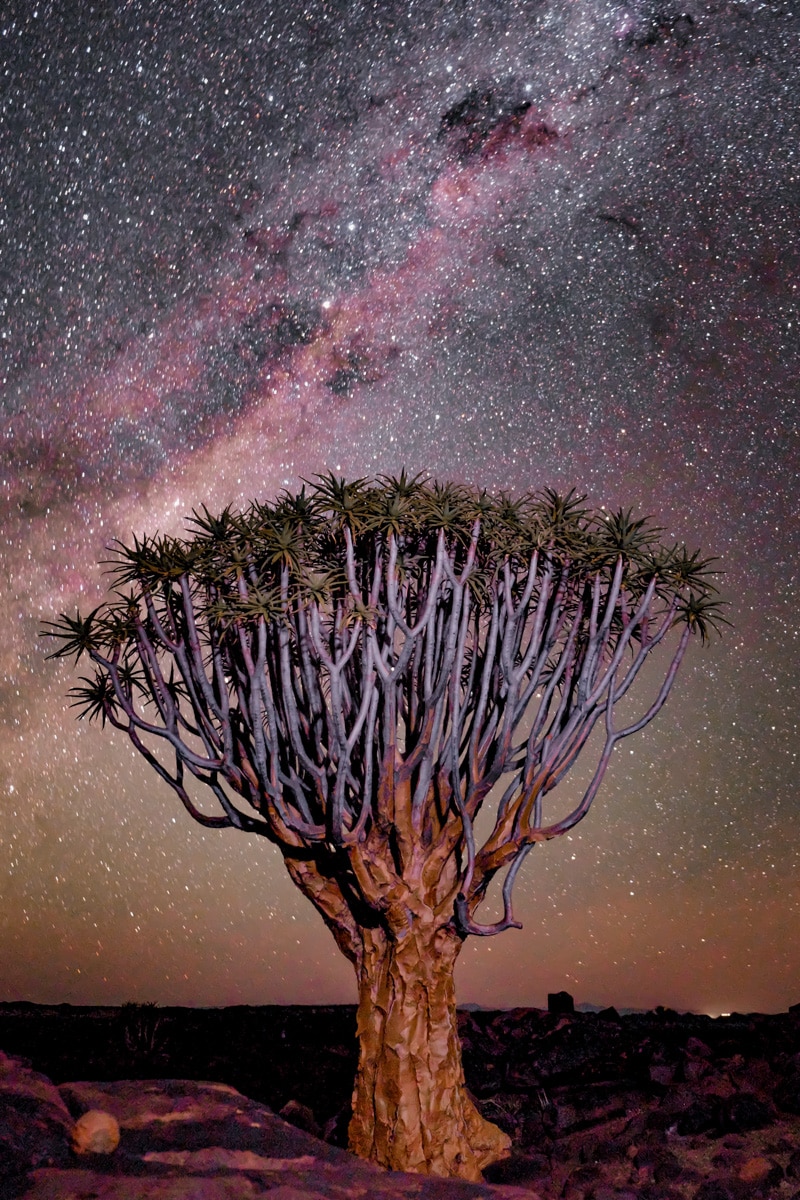LOOK TO THE SKIES
Take a Sky Safari Beyond the Horizon
Wherever we may travel, our attention is invariably drawn to the landscapes, but a sky safari adds a new dimension to our journey.
It may not have the wildlife of the plains or the ancient architecture that can be found at ground level, but the sky can often be no less breathtaking and dramatic. Whether stargazing or viewing natural phenomena, a sky safari opens up captivating new realms that may cause one to ponder their place in the universe.
At the right time of year, focusing your gaze above the horizontal can result in a stunning display of natural beauty that reaches beyond the stars. From cloud formations and ethereal light displays to observing mankind’s mystical creations on the ground below, the sky is the limit on a sky safari.
When the sun sets, a nocturnal game drive can be remarkable, but taking the time to view more than what lies on the earth will reward you with sights that are no less spectacular. While the galaxies above hold wonder, it can also be what lies within our atmosphere that provides the source of attention, or a view from the air that entrances.
Though perhaps not the primary objective of your travels, it is worth considering these atmospheric and astral wonders as justified aspects of a more extensive itinerary:
By the Gods
In ancient Egypt, it was Ra and Khnosu who controlled the motions and actions of sun and moon. Today, we understand that these heavenly bodies are predictable, though still we marvel at their magnificence.
One of the most notable events to take place beyond our atmosphere is the eclipse – when Earth, sun and moon align, temporarily erasing light from the Earth. What must the ancients have thought, when the sun was blotted from the sky and their world was plunged into darkness, or the moon suddenly and mysteriously vanished? Was it an omen of the future, the wrath of gods or a sign of impending doom? Legend has it that the god of chaos, Seth, stole the Moon Eye of Horus, god of the sky before it was carefully restored by Thoth.
As far back as 585 BCE, eclipses were being predicted, and calculations, mathematics and the fascinating Antikythera mechanism likely foretold the confluence of these astral bodies. It wasn’t until 1715 that modern science caught up, when astrologer Edmond Halley (for whom the comet is named) precisely predicted a total solar eclipse (that rather conveniently passed over his own house) by using Sir Isaac Newton’s theories of gravity and orbital mechanics: the Principia.
In 2027, Egypt will observe a total solar eclipse, when the moon falls between Earth and sun to create a temporary twilight in the middle of the day. The ancient Egyptians’ fascination with astral movements and formations is documented in hieroglyphs, carved onto walls and written on papyrus. Learning of their profound connection to the heavens before witnessing one of the galaxy’s most iconic movements, one is transported back to that time of naïve wonder, and it is possible to glean the same admiration, even imagining the fear, for the hand of the gods.
Egypt’s Solar Eclipse: 10:07am, 08 August, 2027
Namibia Night Safari
One of the least populated nations on the planet, Namibia is also wonderfully bereft of light pollution.
In the Western world, the night sky is often diluted by artificial light sources and sometimes not visible at all through the glare of modern creation. The deserts of Namibia have no such problem, and with few towns or properties, the night sky can be viewed in all its natural wonder.
Regarded as one of the best places for stargazing, when the sun sets across Namib-Naukluft National Park, the sky safari begins. Many lodges take full advantage of this, offering guests the use of high-powered telescopes, with guides drawing attention to constellations, planets and comets.
Namibian legend has it that Haiseb, a deity of the Khoikhoi people, defeated a demon, saving the world and elevating the stars and moon into the night sky from his breast. When viewing the dramatic astral field, it is little wonder that the Khoikhoi presumed that the stars were the work of a god, such is their ubiquitous radiance in the night sky.

With the Milky Way trailing across the ink-black solar system and shooting stars frequently dashing across the atmosphere, the sight will transfix visitors, and even when gathered around the fire, attention drawn to the flickering flames and conversation of company, the obsidian canopy perforated by radiant, flickering pin-pricks of light provides a truly captivating ceiling.
A Batty Sky Safari
Sometimes it is not the sky itself but what lies within it that holds the makings of a fascinating sky safari.
In the Bangweulu Wetlands of Kasanka National Park, the world’s largest mammal migration occurs every year, with as many as 10,000,000 bats taking to the skies. While their home for the rest of the year is unknown, they emerge from the jungles of the Congo basin to make their annual odyssey.

Zambia is a wonderful and diverse destination, with walking safaris, the stunning Zambezi and a wealth of life, but to see so many creatures on the wing as the sun slowly descends is a true marvel of nature.
The immense colony comprises Africa’s second largest bat, the straw-colored fruit bat, which is completely herbivorous, so any fear of becoming a vampire need not be heeded. Standing eight inches (20cm) tall and with a 30-inch (76cm) wingspan, they are far smaller than the impressive flying foxes of South-East Asia and Australia, but the spectacle of so many on the wing at once more than compensates for the more diminutive size of this species.

Located in central Zambia, Kasanka National Park isn’t particularly accessible from many of the more favorable destinations, but this sky safari is highly recommended for the wonder of the fruit bat migration.
Zambia’s Bat Migration: November & December annually.
Tasmania’s Light Display
Most are familiar with the Aurora Borealis, or the Northern Lights, but a similar phenomenon also exists in the southern hemisphere.
The Aurora Australis isn’t quite as impressive as its northern counterpart, but is far more accessible, lacking the polar quest required in the north. Though visible from Victoria as well, Tasmania is the best destination for viewing these flickering lights, formed by the sun releasing massive bursts of solar wind and magnetic fields into space.
Driving a short distance from the capital city of Hobart, you can find secluded bays and countryside ideally suited for viewing and photographing the aurora. But reality is unfortunately unlikely to match expectation. Photographs of the aurora, northern and southern, are taken with a long exposure, revealing their distinctive and radiant colors, With the naked eye, it is more likely to see a delicate white flicker which, while sublime, might not match the familiar image of curtains of light wavering across the sky.
Tasmania possesses numerous regions of striking wilderness and exploring these after nightfall gives one a sense of scale and one’s insignificance under the vast night sky.
Aurora Australis: Unpredictable, but September is recommended.
The Skies of the Serengeti
The Serengeti of Tanzania is known for sweeping plains, the Great Migration and superb game viewing, but when visited at certain times of year, the spectacle can take on a new dimension.
The impressive grasslands offer uninterrupted vistas for miles, which enhances the success of a game drive, but also presents incredible views of impending storms. As rainclouds gather on the horizon, it is possible to see lightning projecting downwards, illuminating the dark shroud over the landscape.
Depending on prevailing winds, these storms may not reach the onlooker but instead provide a dramatic backdrop to landscape and wildlife photography. The rain brings life, and these downpours are an essential part of this fertile region.

Perhaps not desired by visitors, the rains are celebrated by locals and wildlife alike, and this dramatic climatic event adds a new dimension to the savannah. Flora flourishes, animals thrive, and the dark clouds on the horizon illuminate with vivid explosions of electricity.
There are two rainy periods on the Serengeti, the long rains, from March to May, and the short rains of November and December. Visiting on the cusp of these periods unveils the changing moods of the skies and benefits from an abundance of nature and greenery. From June to October, the Great Migration is in residence, so for wildlife enthusiasts, this period is particularly fruitful.
With a little consideration and planning, it is possible to enjoy both a land and sky safari incorporating the drama of the heavens and drier days to allow for undiluted game viewing.
Serengeti Storm Clouds: June and October, providing some rains but also dry days for land safaris.
Above the Clouds
Rising to elevation can take you into the troposphere – the atmospheric level at which clouds form.
Seeing the clouds from above, watching their passage between mountain ranges and experiencing the vastly different ecosystems to lower altitudes casts a wondrous blanket across otherwise familiar terrain.
There are many destinations across the world where this is accomplishable. The Himalayas, with their snow-capped ridgelines and towering peaks, can be quite spectacular, but rising to cloud level requires more committed hiking and even some mountaineering.
Two locations within our portfolio are particularly appealing,
The first is Mount Kilimanjaro. Towering 19,340 feet (5,895m) above the plains of Tanzania, the peak of Kilimanjaro is festooned in snow for four months of the year (during the wet season from November to March), though snow has been observed at other times of the year as well.
Climbing from the warmth of the grasslands to this altitude is surprisingly accomplishable and, though taxing, is accessible to the majority of able-bodied visitors.
From its heights, you can see for more than 100 miles (160km), even as far as the Serengeti and across the border to Kenya’s Amboseli National Park on a particularly clear day. It is often commented that the skies of Africa are vast, and this is rarely more appreciable than from the summit of Kilimanjaro. Here too, you can view the low-lying clouds from above, and from the plains, can see the spectacular vision of the peak swathed in soft white clouds.
At 7,972 feet (2,430m) above sea level, Peru’s Machu Picchu is less than half the height of Kilimanjaro, but interestingly, clouds do still cross the mountaintop citadel. Interestingly, Cusco, the starting place of any visit to Machu Picchu, is actually at a higher altitude by almost 4,000 feet (1,200m), and the peaks of the Sacred Valley can often be festooned in mists and lower cloud cover.
Any exploration of Machu Picchu is magical, but with a little bit of cloud, its mysticism and fascination are magnified. While a clear day provides the views, a cloudier day instils a sense of enigmatic reverence. One can feel transported through time, more clearly imagining the Incan people passing daily life and ceremony amongst the preternatural ruins.
Rather than diminishing the experience of the arduous trek by stealing some visibility, the precipitous mantle creates a magical wonder, the ruins emerging from the mists as their stories and history continue to do from the pages of time.
Mount Kilimanjaro: December to March and June to October
Machu Picchu: March to May and September to December
Take to the Air on a Sky Safari
Sometimes it is not what is in the air, but what you can see from it that inspires a sky safari. Helicopter flights across the Okavango Delta, balloon rides over the endless river of the Great Migration or descending by parachute above the sublime eastern coastline of Australia are all ways to heighten the wonder of a region.
Though these provide a new perspective of a location, it is sometimes only by the sky that a spectacle can be fully witnessed. Such are the Nazca Lines of Peru. Covering almost 400 square miles (1,000km²) and with some 300 geoglyphs as much as 600 feet (180m) long, the designs were discovered to the west in 1930. It is hypothesized that the Nazca people created them as offerings to gods around 2,500 years ago, but much of their existence is conjecture.
Much about the designs – which feature plants, people and animals including monkeys, condors and spiders – remains a mystery; it is even uncertain how such a comparatively primitive people were able to create the formations in the hard stone desert floor, and so precisely without aerial surveillance. It has even been speculated that only alien intervention could have made their creation possible.
What is absolutely positive is that, though they can be visited on foot, it is not until you take to their air that their true marvel can be appreciated. Only from a plane or helicopter can one appreciate the magnitude of this immense gallery in the desert, and wonder at how such precise artworks could be created without modern instruments or methods.
However they were made, it is only with aircraft that their magnificence can be taken in and their entire forms become visible.
As part of a Peruvian itinerary, the Nazca Lines reinforce the impression that these lost civilizations possessed far greater wisdom than we have accounted for, whether it was building temples atop mountains or drawing near-parallel lines and artistic formations across hundreds of feet in the desert.
Nazca Lines Flight: Year-round, but climate is preferable from November to March
Between Darkness & Wonder
Every dawn the sun rises, bringing life-giving light to the world once more.
It is taken for granted that the sun will always emerge and, hopefully for many millennia to come, rightfully so. However, this doesn’t belie the appreciation for its majesty.
Few take the time to wake early to observe the sunrise, but in the dwindling hours of light, the sunset is no less impressive, particularly from a desert island.
Sunsets can, of course, be witnessed from almost anywhere in the world, but the viewpoint can make a drastic difference to the occasion itself and one’s admiration for it. With less light pollution, cleaner skies and ininterupted blue oceans to oblige them, the sunsets of the Maldives are quite magical.
With palm-fringed white-sand beaches from which to view them with cocktail in hand, few days could conclude so resplendently as with a Maldivian sunset. It is rare in life that we take the time to pause, reflect and drink in the last light of day, but when we take the opportunity, directing our gaze to the horizon and beyond, our breath is stolen by the daily and pervasive beauty that nature possesses.
The colors of the sunset not only transport us through a visual sky safari, they also inspire contemplation, a journey into memory and nostalgia, and a conveyance to a place of deep gratitude for the moment and all that life gives us.
Maldives Perfection: November to April, outside of monsoon season
A sky safari brings a new dimension to any adventure, sometimes almost impossibly so. It causes us to delve into the unfamiliar, readjust our perception and open ourselves to greater possibilities.
While most of the attraction of travel lies on terra firma, its foundations resolutely planted into the earth or borne upon it, the sky holds a sense of the unknown and a perspective unattainable unless we elevate our eyes, and sometimes, ourselves.

Header Image: ©Six Senses Zil Pasyon























